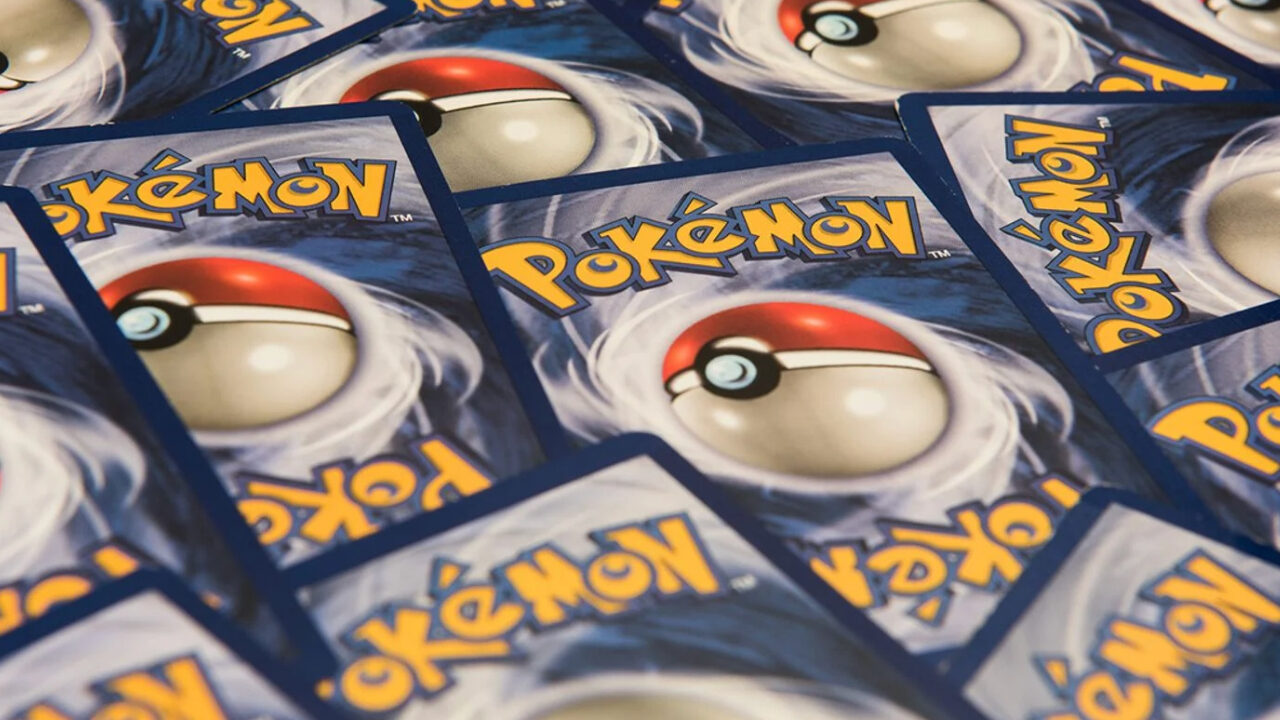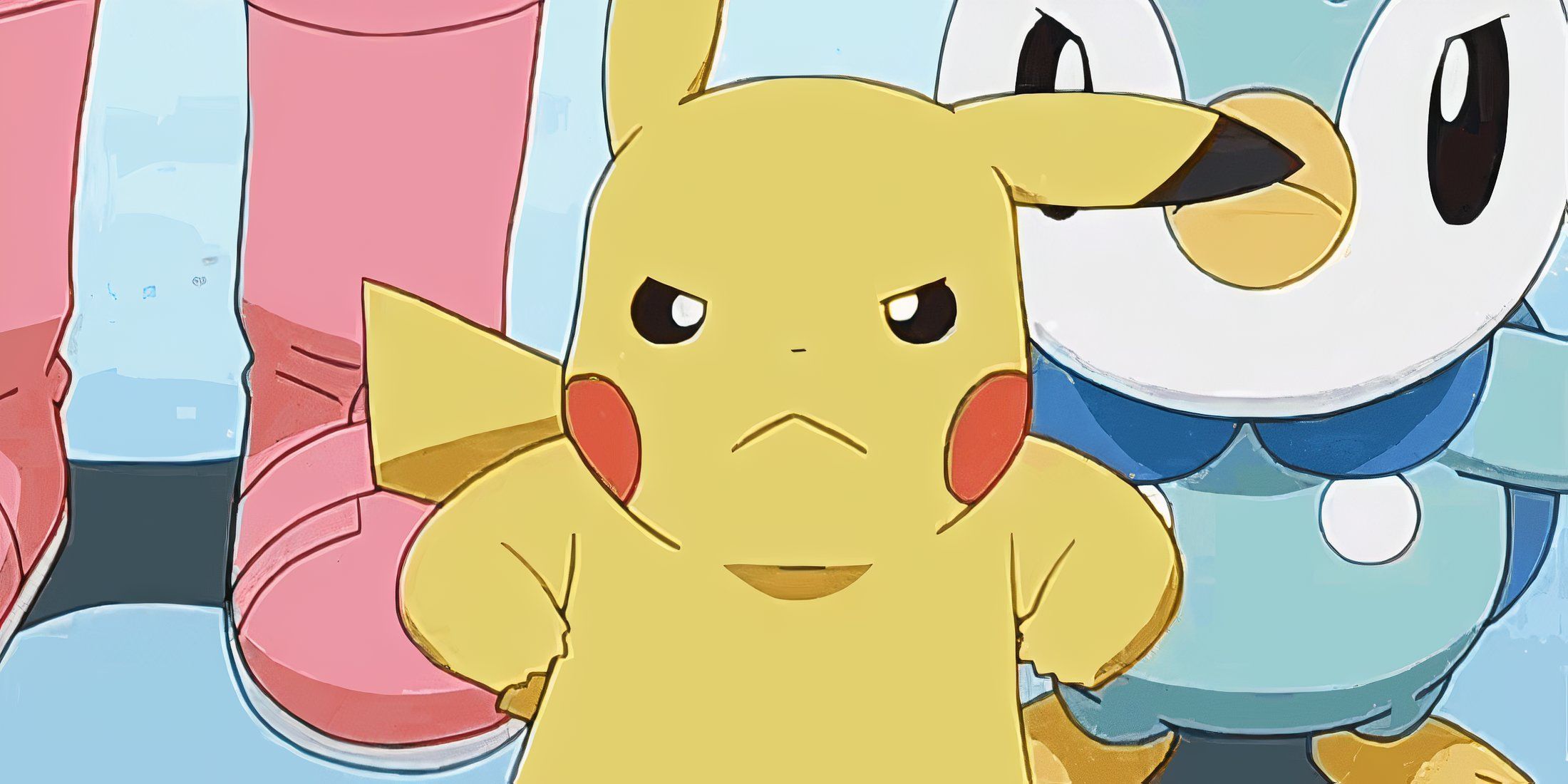


The Pokémon TCG Dilemma: Scalping, Shortages, and the Trials of a Cherished Pastime
For almost three decades, Pokémon has transcended being a mere franchise—it has evolved into a cultural sensation that has brought together multiple generations. From the initial Game Boy titles to hit movies such as Detective Pikachu, as well as the hugely popular trading card game (TCG), Pokémon has consistently been a fundamental part of fans’ lives around the globe. Unfortunately, what was once a delightful and easily accessible hobby has increasingly become challenging to enjoy due to the emergence of scalping and reselling, particularly within the TCG community.
The Revival of Pokémon TCG—and Its Implications
Recently, the Pokémon TCG has witnessed a substantial resurgence in fame. The pandemic significantly contributed to this revival, as individuals sought nostalgic pastimes during lockdown periods. The 25th anniversary of Pokémon in 2021 enhanced the excitement, introducing exclusive items like the Celebrations collection and the highly sought-after Ultra Premium Collection box. These limited-release products quickly became prime targets for scalpers, who employed bots and mass purchasing strategies to seize inventory before average fans could get their hands on them.
One notable release in this timeframe was Evolving Skies, a collection that debuted the now-famous Umbreon VMAX Alternate Art card. With its current market value exceeding $2000 USD, this card exemplifies the speculative climate that has taken hold of the hobby. The pursuit of rare cards has become a high-stakes gamble, with resellers influencing a significant portion of the market.
Scalping and the Emergence of the Resale Economy
Scalping has emerged as a critical dilemma in the Pokémon TCG sphere. Resellers—many originating from sneaker flipping—have recognized Pokémon cards as a low-cost, high-yield investment. For instance, a Pokémon Center exclusive Elite Trainer Box (ETB) priced at $59.99 USD can be resold for over $200, depending on the set’s demand. In contrast to sneakers, which necessitate a greater upfront financial outlay, Pokémon cards provide a more approachable entry point for those seeking profit.
This influx of resellers has resulted in widespread product scarcity. Local game shops and major retailers alike are struggling to maintain stock on their shelves. Even when items are accessible, they are often significantly marked up—sometimes as much as 300% over the manufacturer’s suggested retail price (MSRP). This situation has rendered it almost impossible for casual collectors and young enthusiasts to engage in the hobby without overspending.
Online Mayhem and the War Against Bots
Online shopping, once considered a convenient alternative to physical stores, has transformed into a battleground. Scalpers deploy advanced bots to evade security protocols and purchase vast quantities of items within seconds of their release. This leaves genuine fans feeling empty-handed and exasperated. The Pokémon Center’s website, in particular, has gained notoriety for crashing during major debuts, with shopping carts being emptied and orders canceled in large numbers.
Retailers have tried to address this issue by implementing purchase caps and various restrictions, yet these efforts have largely fallen short. Scalpers frequently utilize multiple accounts or shipping addresses to bypass these regulations, maintaining their hold over the market.
Unfortunate Collaborations: The Van Gogh Museum Incident
One of the most notorious instances of Pokémon-related chaos occurred during the Van Gogh Museum collaboration in Amsterdam. The exclusive “Pikachu with Grey Felt Hat” promotional card was meant to be a fun, limited-time collectible. Instead, it incited a frenzy. Crowds swamped the museum, and the online release was marred by technical difficulties and scalping. What should have been a celebration
No Comments
To comment you need to be logged in!